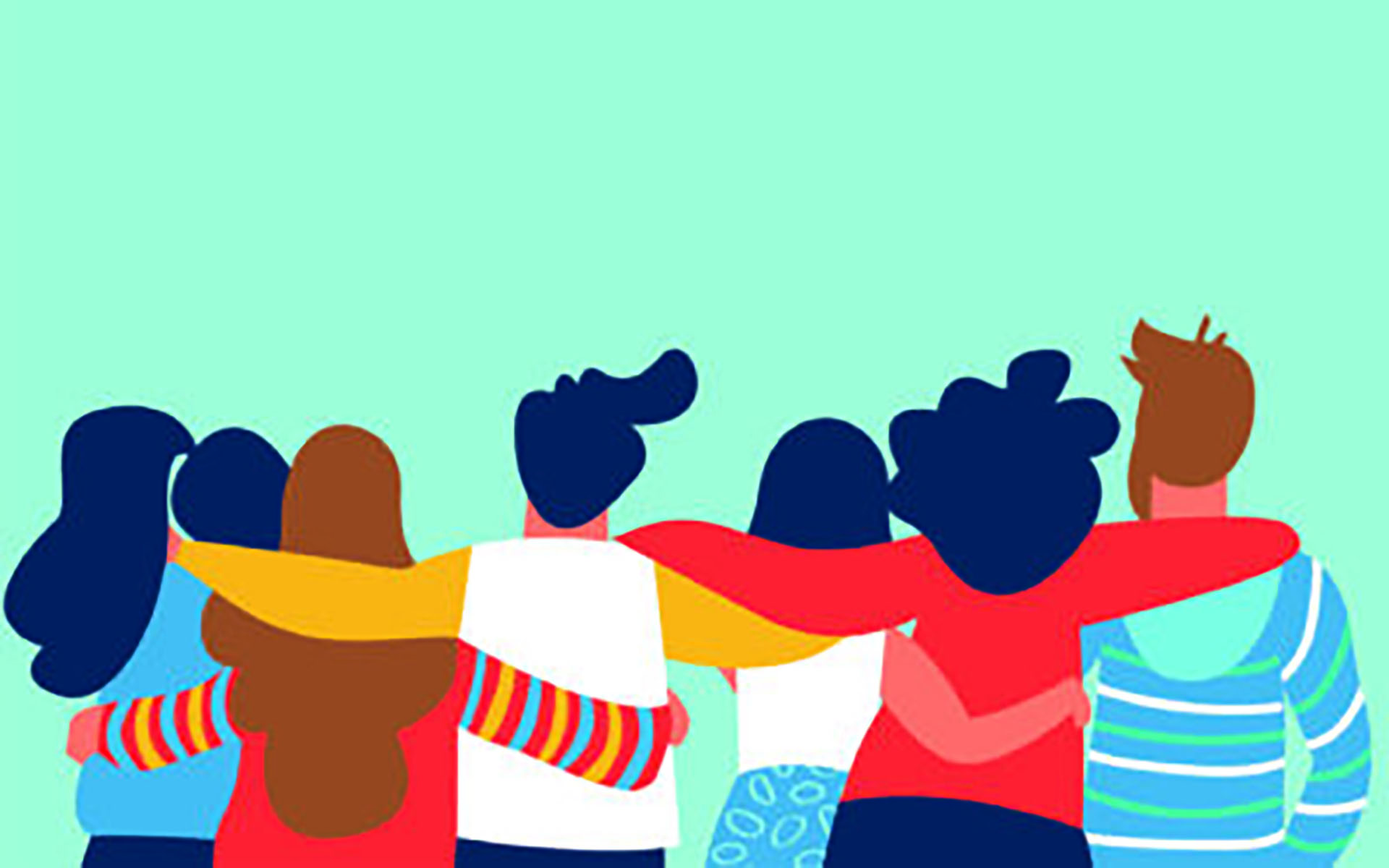Making meaningful changes to create a life more aligned with who you want to be isn’t that hard: To be more fit, you can exercise; to be a better writer, you can write more; to be more mindful, you can practice mindfulness. We know making these kinds of changes is good for us and even feels good. But making them stick? Well, that’s another story.
To make lasting change, we need more than desire and willpower. It requires an understanding that our brains are wired to create obstacles that hinder us from making healthy changes, and that, thanks to technology, it’s harder than ever to maintain focus. Maybe most importantly, we need to understand that we are not islands, and that our social and physical environments can make the difference between ongoing motivation and incessant procrastination. Once you understand these obstacles, you can begin to take simple steps to organize your life in a way that inspires the sustainable changes you want to make.
Here are the biggest threats to our well-intended efforts to change, and how to counter them mindfully.
Negativity rules
From the dawn of our species, the human brain has been on the lookout for danger. Why? Because before you can work on being happy, you need to survive.
It’s called negativity bias, and it still rules today. For example: You have a great idea for a new project. You ask 10 people what they think and nine of them say things like, “This is fantastic,” or “This can really make an impact in so many ways.” But one person says, “What’s wrong with you? How could you ever consider this? This idea is sure to fail.”
Which comment is stickier?
The brain’s first job is to scan the horizon and anticipate any danger—and “danger” in brain-speak can be anything that causes even momentary discomfort, which also happens to be a natural and integral part of change!
In order to ensure your security (in this case, the status quo), the brain will conjure up all the potential pitfalls of this idea, from anticipated failure to doubt that it’s going to make a difference. Well, from thoughts come actions, and from actions come consequences, so you have doubt and fear of failure showing up as laziness, procrastination, or “forgetting” to do the thing you planned to do in support of your change. This just leads to more thoughts confirming that you couldn’t really make this change anyway. And… your motivation disappears.
What can you do? First, recognize that this old wiring is part of the human experience. Be on the lookout for negative thoughts in response to your plans, and remember Thoughts aren’t facts (not even the ones that say they are). When they arrive, soften your body and take a deep breath. Ask yourself, “Do I know this thought to be absolutely true?” If not, visualize how you will feel after having made the change you want to make. Allow that feeling to propel you forward.
Be on the lookout for negative thoughts in response to your plans, and remember Thoughts aren’t facts (not even the ones that say they are).
Our fractured attention
Just while writing this sentence, my phone has lit up twice, stealing my attention. (Yes, I’ll put it away now.) Anybody with a smartphone knows the experience of continuous partial attention: It’s what happens when you quickly switch between tasks—and the brain drain that can occur as a consequence. In our constantly connected world, where a device right in our pocket (or on our wrist) serves as a hub for work, personal life, fitness tracking, incessant news updates, and even meditation apps, for many of us, fractured attention is more the norm than not.
Unfortunately, this doesn’t support the sustained attention needed to make lasting changes. When it comes to changing or adopting new habits, researchers say that, depending on the difficulty of the task, it can take between 20 days and more than 200 for a new activity or way of being to become automatic. In other words, it requires the ability to sustain your attention for a significant period of time on a particular task, whether it’s exercise, meditation, writing, you name it.
We know mindfulness meditation is one of the best ways to increase focus and attention. So, in addition to putting your phone down (or, preferably, away, where you can’t hear a vibration or see a notification), engage in simple, playful meditations whenever you have a moment. Try this: Sustain attention on a particular part of the body (nostrils, abdomen), and when your attention drifts, gently bring it back again and again. Remember, what you practice and repeat becomes automatic, and so it is with our attention, too.
Lack of social support
Humans are inherently social; even from our beginnings we came together in clans to gather food and keep safe from potential threats. Strong communities also had a set of values and practices that were implicitly reinforced simply by the nature of being in a community. However, in our modern lives, we live in little boxes, separate from one another, and our neighboring clans are no longer an immediate threat (for most of us at least). On top of that, with a few swipes of the finger we can order groceries to our doorstep without even seeing another human being.
As a result, most of us aren’t spending a great deal of time around people who naturally inspire us toward our desired value or action. That doesn’t mean you don’t have good friends, family, or coworkers you care for and respect, but they may not be practicing the change you want to make.
This is not to suggest that you should abandon people who aren’t living the way you want to live. Not at all! However, you should realize that your attention is an invaluable resource, and the people you attend to will greatly influence your ability to achieve the changes you want. So consider ways you might spend time with people who do represent the changes that you want. For example, you could try joining a gym or meditation studio, or finding (or starting) a writer’s group.
Remember, working toward change is an imperfect process and you’ll fall off the path many times. That’s natural and part of our common humanity. See if you can hold all of this with a learning mindset. When you stray, forgive yourself for the time gone by, investigate with curiosity what brought you off track, and invite yourself to begin again with this new learning. Repeat this process indefinitely.
When you stray, forgive yourself for the time gone by, investigate with curiosity what brought you off track, and invite yourself to begin again with this new learning.
Take Inventory
Take honest inventories of your social and your physical environments to identify where you’re supported and where you’re not.
- Write your name on the left-hand side of a piece of paper.
- Draw three short lines to the right of your name, and continue doing that progressively, fanning the lines out to the right of the paper.
- Write the names of the people you spend most of your time with on the lines closest to you and continue this until you write the names of the people in your life you spend the least time with.
- Next to each person’s name, write a number on a scale of 1-10, where 1 stands for least inspiring in respect to the change you want to make and 10 stands for most inspiring in respect to the change you want to make.
- You may notice that many of the people you spend most of your time with may or may not be supportive in your life, but are not the most inspiring, and there are others on the periphery who are doing what you want to be doing, and could be inspiring to you, but that you’re not spending much time with.
- Consider how you might connect more with those who live the way you’d like to be living and draw them closer to you. If you find that you don’t know where to find inspiring people, do a search in your area of local interest groups. While in-person is optimal, don’t discount the power of having regular contact with inspiring people online, too.







